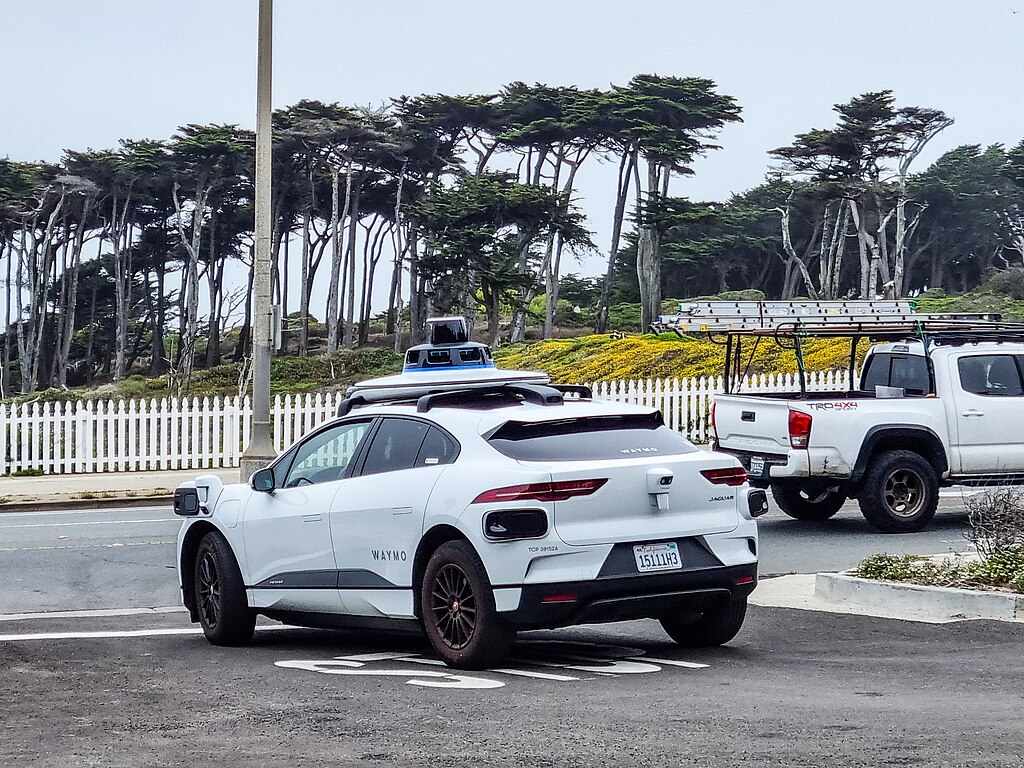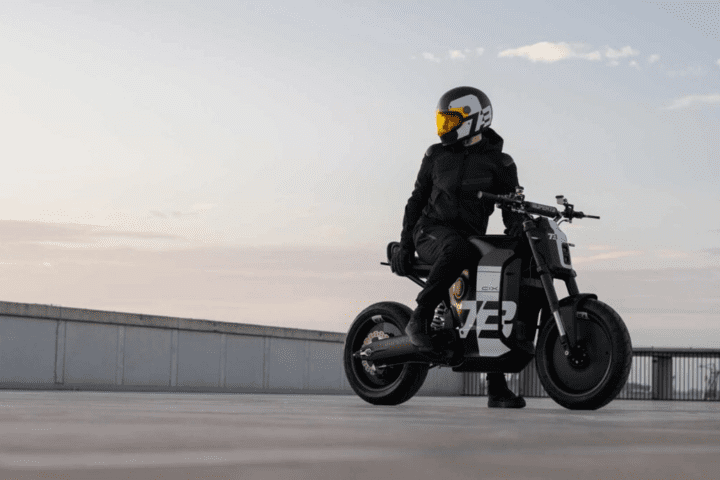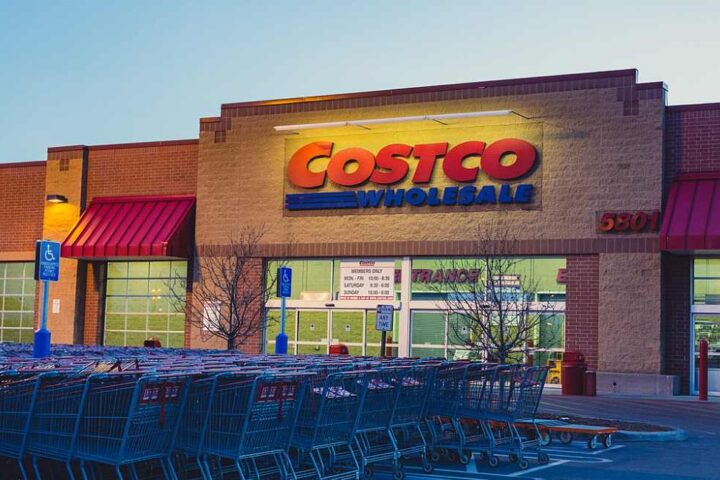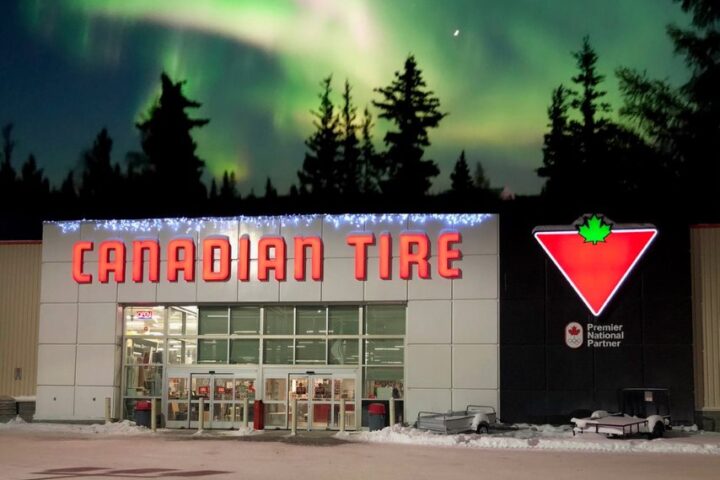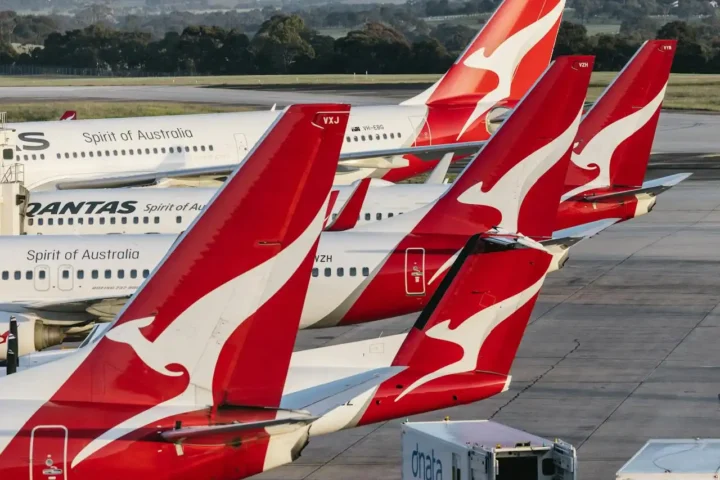Atlanta residents are turning ride-hailing into a game of chance, repeatedly canceling rides with human Uber drivers until they match with one of Waymo’s self-driving cars.
Since Waymo launched its autonomous taxi service through Uber in Atlanta on June 24, 2025, some tech enthusiasts have gone to extreme lengths to experience the driverless rides. The service covers about 65 square miles from Downtown to Buckhead to Capitol View, excluding highways and airport trips.
“The fact that it’s so challenging to get has turned it into a game,” said Atlanta resident Nate Galesic, who estimated he’s had to reject about 20 human drivers on average before getting paired with a Waymo. Despite selecting the preference for self-driving vehicles in the Uber app, he once spent nearly an hour canceling rides before successfully matching with an autonomous car.
Galesic has taken approximately 35 rides in Waymo vehicles since the service launched. He pointed to data suggesting self-driving cars are involved in fewer injury-causing accidents than human-operated vehicles, though Atlanta-specific safety data isn’t yet publicly available.
Another Atlanta resident, Andrew Nerney, described taking five trips in Waymo vehicles. Each journey traveled less than four miles, cost under $12, and stayed on city streets rather than freeways. Nerney noted he must walk two blocks from his home to reach the Waymo service area.
“Each day, I see Waymos with passengers more frequently,” Nerney said, suggesting growing popularity among locals.
According to an Uber spokesperson, dozens of Waymo vehicles currently operate in Atlanta, with plans to grow the fleet to “hundreds over the next few years.” In Austin, where the partnership launched in March, Uber has deployed about 100 Waymo vehicles.
Riders can increase their chances of getting a Waymo by avoiding highway routes, traveling outside high-demand periods like nights and weekends, and ensuring pick-up and drop-off points fall within the 65-square-mile service area. Users can also select a preference for Waymo rides in the Uber app settings.
Not everyone shares this enthusiasm for driverless technology. A survey by consulting firm Arthur D. Little found that U.S. respondents said by a 17-percentage point margin that they would not use fully or semi-autonomous vehicles. Negative news about fatal accidents involving self-driving cars has contributed to public wariness.
Similar Posts
“That negative news cycle has sort of pushed some folks away from it,” said Frank McCleary, a partner at Arthur D. Little’s automotive and manufacturing practice.
The technology also faces practical challenges. Local reports note Waymo vehicles sometimes stop unexpectedly in confusing traffic situations. During Atlanta’s Streets Alive event, observers documented a Waymo attempting to bypass barricades, raising questions about how the vehicles handle special events and temporary road configurations.
Accessibility concerns persist as well. Power wheelchair users have noted the vehicles lack accessibility features, with pick-up and drop-off locations sometimes placing disabled riders in difficult situations.
Atlanta City Councilmember Byron Amos, chair of the transportation committee, expressed interest in the technology while acknowledging regulatory challenges. Much of the authority over autonomous vehicles rests with state government, limiting the city’s direct control.
“What happens after a Falcons game? Or Beyoncé concert?” Amos questioned, wondering how the vehicles will navigate Atlanta’s unique traffic patterns during major events.
Despite these concerns, Waymo’s expansion continues. The company is preparing for launch in Dallas and testing in harsher Northeast conditions, including Boston, New York City, and Philadelphia.
Galesic believes adoption will increase over time: “New tech doesn’t become massively adopted overnight. It takes a long time.”
